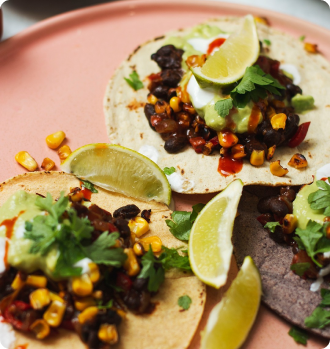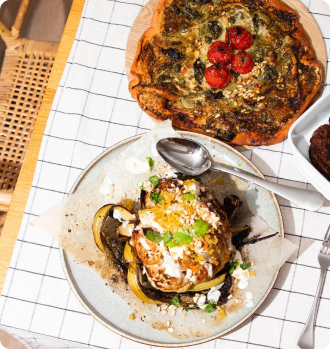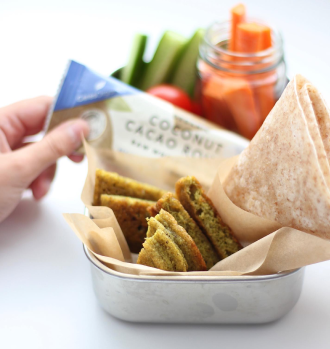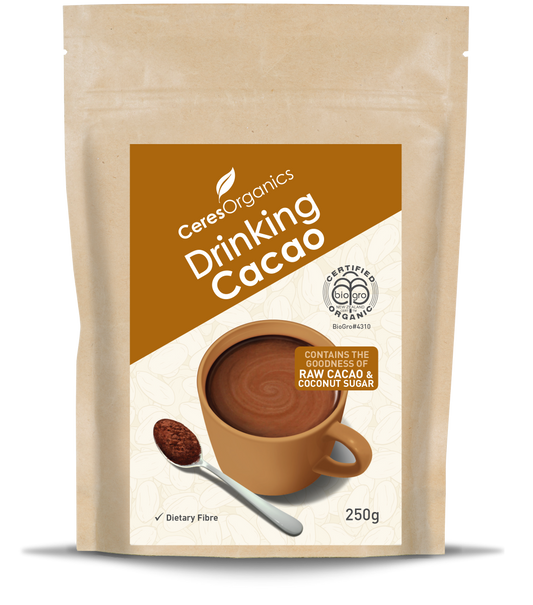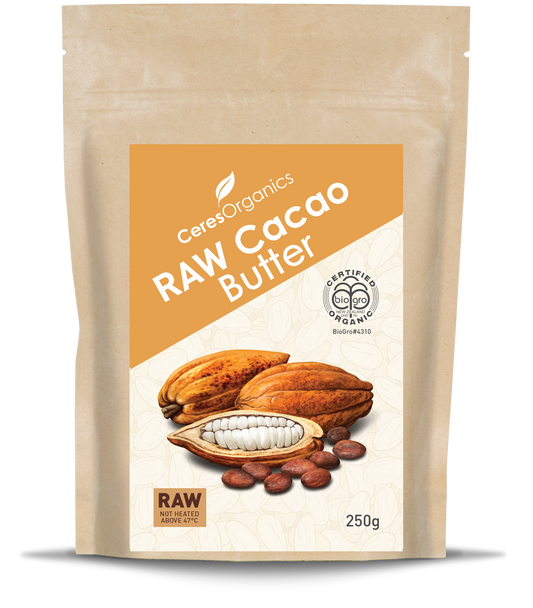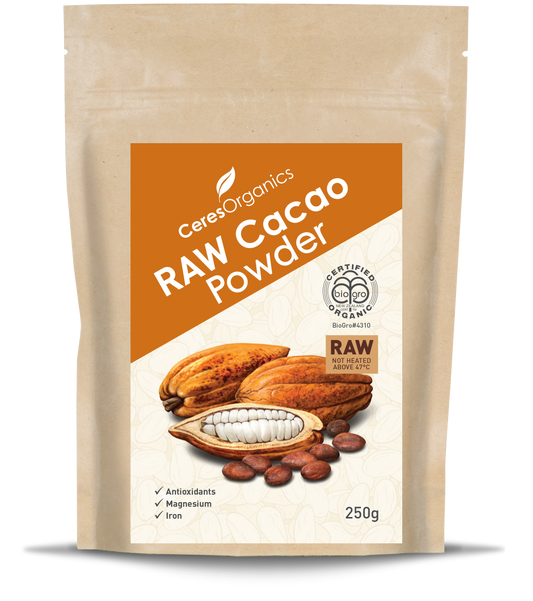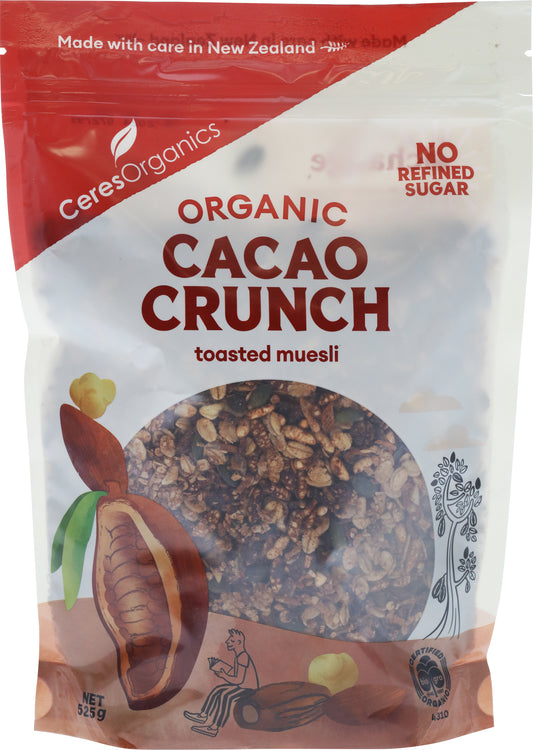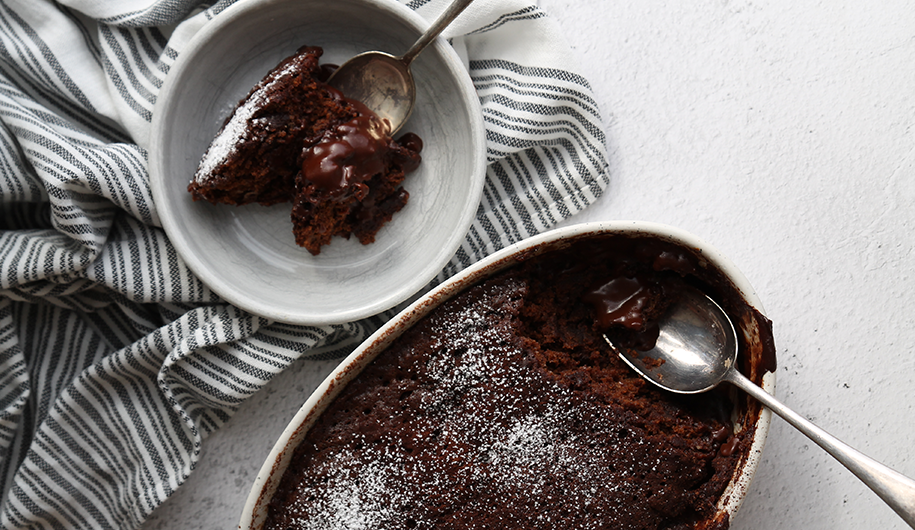
‘Cacao’ and ‘cocoa’ are not just two ways to say the same thing. Sure they share the same origin, but the difference is more complicated than that. And it’s in the processing – or the lack of processing.
Studies on antioxidants
So chocolate’s amazing health benefits – like those disease fighting antioxidants, are not referring to the average highly processed store-bought chocolate. The chocolate those studies refer to will have properties closer to raw unprocessed cacao, like dark and raw chocolate. Dark and raw chocolates have very different nutritional benefits to say dairy milk chocolate. So if you’ve heard good things about chocolate, it’s pretty important to understand the differences between cocoa, cacao, and what they mean for your health.
Antioxidants in cacao
Cacao beans are packed with phenolic phytochemicals and flavonoids – the antioxidants which protect our cells against damage from free radicals. And this free radical damage becomes important and somewhat more relevant when we understand it is this damage that contributes towards disease and also ageing.
Processing and antioxidant activity
Everything we know as chocolate, even the highly processed cheap stuff, starts at the same source – the Theobroma cacao tree. This tree, native to South America, produces seed pods. Harvesters crack these pods open and remove the seeds. These are the cacao beans.
You can eat cacao beans raw in the form of cacao nibs which are just bits of fermented, dried, roasted and crushed cacao beans. You’ll probably be aware of cacao’s many other forms, butter, powder, but what happens in processing determines whether the beans become cacao or cocoa?
The more processing (heating at higher temperatures) that transforms cacao to cocoa doesn’t just affect how manufacturers label the end product. This heat actually affects the beans on a molecular level, changing their structure and degrading nutrient content. Cocoa is the end product of heavy processing.
So, cacao or cocoa?
Less is more when it comes to cacao processing. Lack of processing means more antioxidant capacity – and more benefits. Antioxidant activity is measured by an ORAC (oxygen radical absorbance capacity) value, which represents its antioxidant capacity. 100g of raw cacao powder has an ORAC of 95,500, this drops to 62,100 for cacao nibs, and 26,000 for cocoa powder - so quite the difference!
There’s nothing wrong with cocoa, it’s just that cacao is more beneficial. But not all cocoa is equal, so check those labels!
Raw cacao
Cacao nibs are basically small pieces of raw cacao beans. And remember they have an ORAC value of around 62,000 – so add them to your smoothies and breakfast bowls and boost your antioxidant defenses!
Cacao butter is made from the fattiest part of the cacao bean making it ultra-creamy! The butter is often used in raw cheesecakes to get that insanely delicious and smooth texture. It’s also great in raw chocolate.
Whatever is left is then milled into a fine dark cacao powder. Use cacao powder where you might otherwise use cocoa – in brownies, cakes, cookies, smoothies, raw treats, and so on.
Choosing the right cocoa powder
So cacao or cocoa? Raw cacao versus cocoa is going to give you more nutritional bang for your buck. Cocoa powder for the most part is a blend of cocoa, sugar and cheap fillers like oil and milk protein – which makes it cheaper. If you’re looking for cocoa without the additives we recommend Dutch process powder.
Another option is raw chocolate. Raw chocolate is a natural food and is without a doubt the most nutrient-dense option you can find. Made from cacao butter and powder, it contains no dairy and is naturally sweetened with small amounts of natural sweeteners including agave and coconut nectar.
Dairy and cacao
Food synergy, you may have heard of the term, it is the idea that certain foods work better when eaten together. Think tomatoes and olive oil, where lycopene, an antioxidant found in tomatoes, is best absorbed when paired with a fat and heated. Dairy and cacao are an example of non-synergistic foods.
Interestingly, given dairy milk chocolate is pretty popular, research published in the European Heart Journal finds that casein - dairy milk proteins, counteract those favourable antioxidant benefits.
Dairy milk nullifies most benefits of the polyphenols, the plant chemicals that fight disease, limiting the body’s ability to absorb phytonutrients, including those found in chocolate.
So while adding dairy proteins to milk writes off those nutritional benefits, you’re fine with nut or other plant based milks.
Tips on buying chocolate
You probably already know that opting for dark chocolate is the best option. Look for chocolate with a 75% or higher cacao content, without dairy. This means you’ll be getting cacao, not added sugars.
The higher the cacao content, the higher the cost of a chocolate bar. It's fillers like powdered dairy milk that bring down production costs. You are paying for very different different types of chocolate, so where you can opt for the good stuff!

